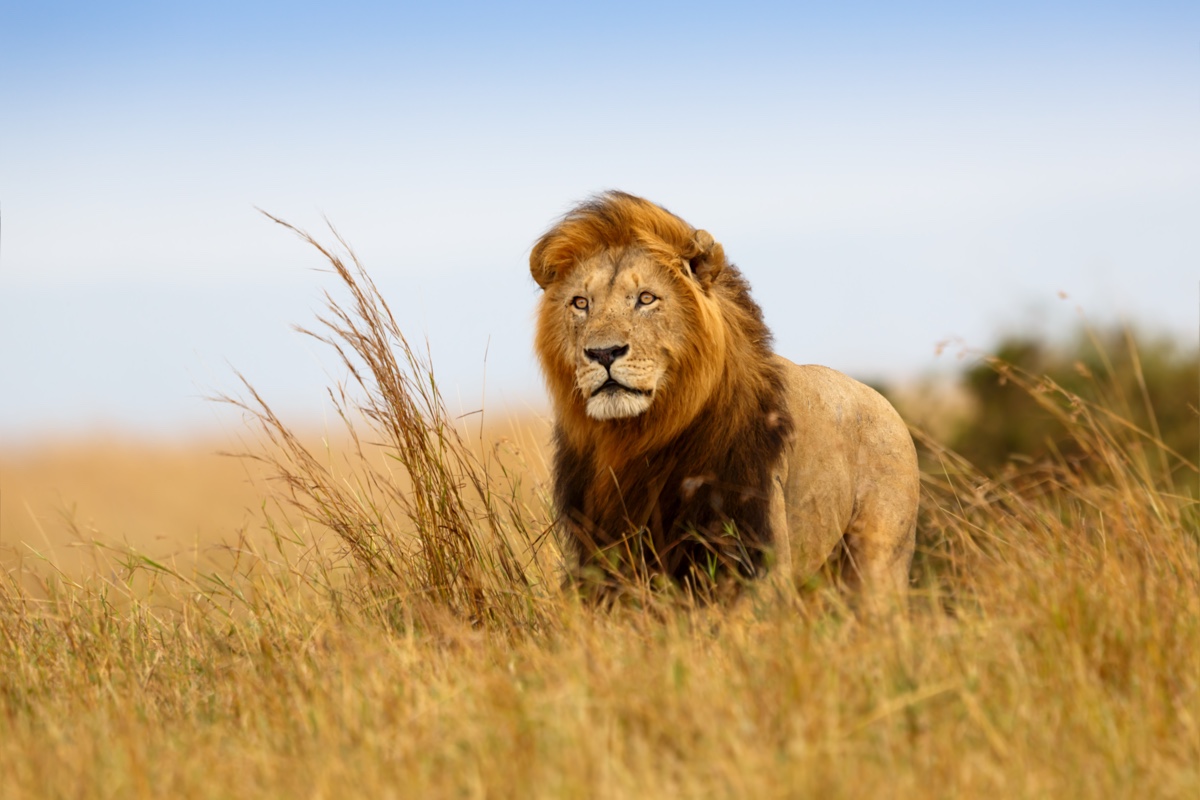Earth Faces 'Biological Annihilation' as Animal Populations Decline Dramatically

On June 24, 2012, Lonesome George, the last of the Pinta Island tortoises, died quietly in his pen at a research facility in the Galapagos.
The island where his species once flourished had been ravaged by a flock of goats introduced to the island by fishermen in 1959 as a source of fresh meat for their voyages. The goats devastated the island's vegetation, wiping out the Pinta tortoises' habitat.
You may not have heard of Lonesome George. But his death was a sign of our times.
Two vertebrate species go extinct every year amid a man-made mass extinction unrivaled since the dinosaurs died out 66 million years ago. Today, the phenomenon is known as the Sixth Extinction. Some 200 species have disappeared over the past century — a pace approximately 100 times faster than the "normal" rate.
At the turn of the millennium, Nobel prize winning atmospheric chemist Paul Crutzen and his colleague Eugene Stoermer published an article suggesting that humans had altered Earth so much that the planet should be thought to have entered a new geological epoch, which they dubbed the Anthropocene, or "Age of Humans." The 11,700-year-old Holocene, which began at end of the most recent ice age and extended through the rise of modern human civilization, should be considered over, they argued.
Now, new research from scientists at the Universidad Nacional Autónoma de México and Stanford University provides a fresh picture of the size and scale of the threat facing the planet's biodiversity at the hands of humanity.
RELATED: Climate Change Caused Hundreds of Local Extinctions in 2016
Sign up for the Live Science daily newsletter now
Get the world’s most fascinating discoveries delivered straight to your inbox.
"Earth's sixth mass extinction is more severe than perceived," constituting a "biological annihilation" that translates into a "frightening assault on the foundations of human civilization," the study says.
The rate of loss of different types of species — two per year — doesn't take into account the fact that surviving species are declining dramatically both in terms of their population numbers and in the geographical range over which they can be found, the authors write.
The scientists used geographical range as a proxy for population sizes, and looked at 27,600 vertebrate species, with an even more detailed analysis of 177 mammals between the years 1900 and 2015.
All of the 177 mammals lost 30 percent or more of their geographic ranges, according to the study, which was published in the Proceedings of the National Academy of Sciences. More than 40 percent of the species experienced severe range decline of over 80 percent.
The declining number of animals on earth "is already damaging the services ecosystems provide to civilization," the authors wrote.
RELATED: Drought, Deforestation Set to Propel Vicious Amazon Die Off
To be sure, not all dire warnings about the future of the planet pan out. One of the three authors of this very paper, Paul Erhlich, professor of population studies of the Department of Biology of Stanford University, famously predicted in his controversial 1968 book, "The Population Bomb," that overpopulation would lead to mass starvation and social upheaval in the 1970s and 1980s.
Yet there can be no denying that animal and plant diversity forms the basis of the ecosystem that sustains humankind, and that it is in retreat. For an example, look no further than the current crisis affecting honeybees who do the vital work of pollenating flowers and crops.
"The massive loss of populations and species reflects our lack of empathy to all the wild species that have been our companions since our origins," said the study's lead author, Gerardo Ceballos of the National Autonomous University of Mexico. "It is a prelude to the disappearance of many more species and the decline of natural systems that make civilization possible."
Originally published on Seeker.









